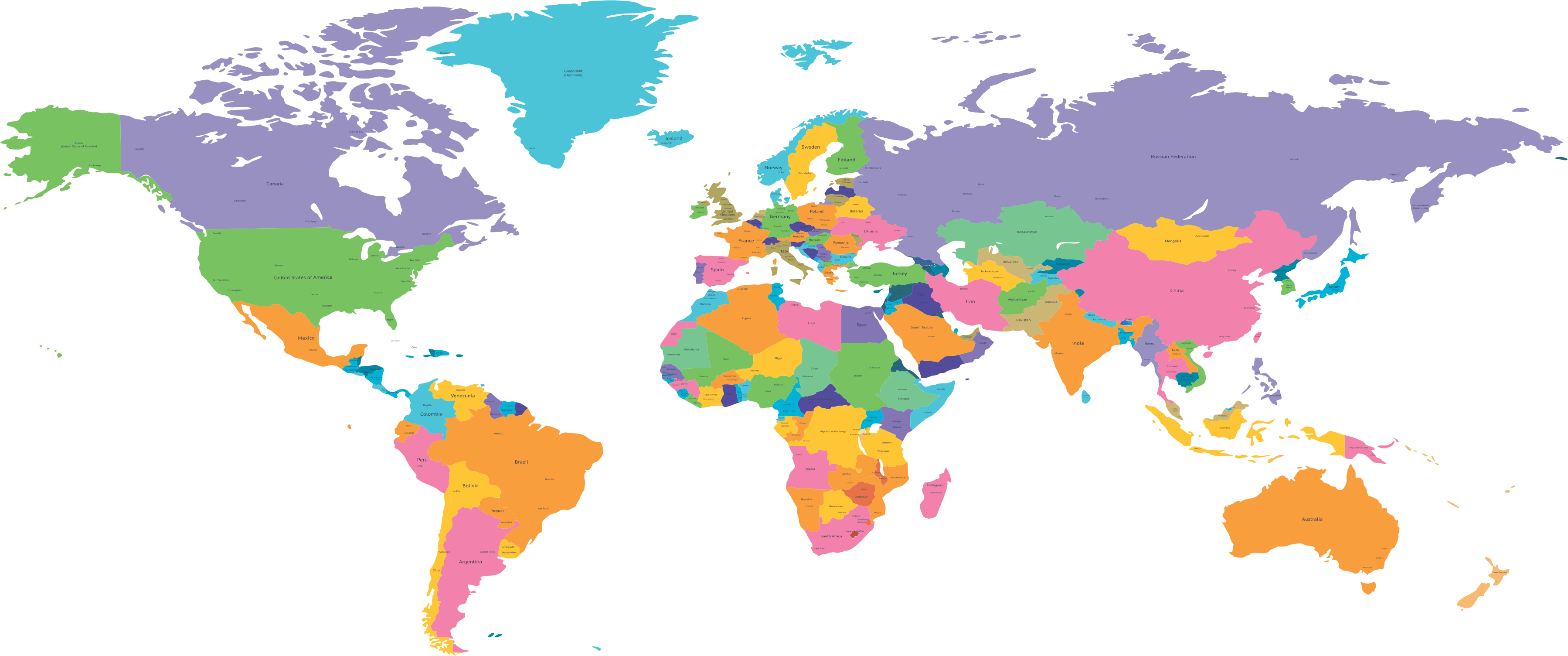The Revival of Chishtia Sufi Order and the Role of Hazrat Khawaja Noor Muhammad Maharvi in Bahawalpur State
DOI:
https://doi.org/10.55737/rl.2025.42092Keywords:
Chishtia Order, Sufism, Khawaja Noor Muhammad Maharvi, Bahawalpur, KhanqahAbstract
The Chishtia Sufi order played a pivotal role in the spread of Islam across the Indian subcontinent, particularly in the Bahawalpur region, where its spiritual and social influence reshaped religious and cultural landscapes. This study examines the contributions of prominent Chishtia saints, notably Hazrat Sheikh Tajuddin Taj Sarwar and Hazrat Khawaja Noor Muhammad Maharvi, in propagating Islam through Sufi teachings, moral reform, and communal harmony. While Sheikh Taj Sarwar initiated the Chishtia mission in 7th-century A.H., converting thousands of Rajputs, his martyrdom led to a temporary decline until Khawaja Noor Muhammad (1730–1791) revitalized the order in Chishtian Sharif. A devoted disciple of Maulana Fakhruddin, Khawaja Noor Muhammad established a khanqah (Sufi lodge) emphasizing Sharia-compliant spirituality, bridging divine love with social service. His weekly pilgrimages to Pakpattan and emphasis on humility, piety, and education attracted disciples across Punjab and Sindh. Additionally, his influence extended to the Nawabs of Bahawalpur, who patronized his shrine and mosques, reinforcing the symbiotic relationship between Sufism and governance. Through an analysis of his teachings, khulafa (successors), and enduring legacy, this paper highlights how the Chishtia order under Khawaja Noor Muhammad fostered religious revival, social cohesion, and Islamic scholarship in 18th-century South Asia.
References
Asghar, H. J. (2015). Tareekh-i-Chishtian. Lahor: Sohail Pulishers.
Bilal. F. (2017). Chishtian: A Survey of History. Journal of Historical Studies, 3 (II), 104-126.
Chishti, I. A. (1992). Huzoor Qibla-i-Alam. Faisalabad: Chishtia Academy, 1992.
Chishti, P. M. A. (1991). Taj-ul-Arfeen. Chishtian: Markaz-e-Talimaat-i-Fareediya.
Darvesh, M. A. (1987). Tareekh Riyasat Bahawalpur. Bahawalpur: Sir Sadiq Academy, 1987.
Fakree, A. (1987). Tazkara Auliya-e-Pakistan. Lahore: Shabi Brothers.
Iqbal, T. (2016). Chistiya Order in Broader Perspective. J.P.U.H.S, 29 (1), 184-198. https://pu.edu.pk/images/journal/HistoryPStudies/PDF_Files/13Paper-Vol-29-No-1-June-2016.pdf
Jamil, M. (2018). Introduction and Characteristics of the Chishtia chain in Sufism. Al-Wifaq, 1, (2), 21-39.
Javed, M. T., Shafiq, M., & Ilyas, M. (2024). Exploring Khawaja Noor Muhammad Maharvi’s Role in Spreading Islam and Spiritual Advancement in Bahawalpur Region. Qlantic Journal of Social Sciences and Humanities, 5(2), 212-222. https://doi.org/10.55737/qjssh.691107428.
Kharal, M. I. (n.d.). Hazrat Khawaja Noor Maharvi: Halaat-o-Waqiat. Lahore: Akbar Book Sellers.
Maharvi, K. I. B. (2009). Gulshan Ibrar. Chishtian: Chishtia Rabaat Sufi Publications.
Nizami, K. A. (1980). Tareekh Mashaikh-e-Chisht. Islamabad: Dairatul Musanifeen.
Rasool, S. (2021). A Study of Dr. Nisaar Ahmad Farooqui’s Investigation Related to Chishti Order of Sufism. Al-Qamar, 4(4), 163-172. https://doi.org/10.53762/q06srw39
Rehman, M. M. A & Rehman, M. M. H. (1990). Bahawalpur Ka Teen Hamasar Auliya. Bahawalpur: Urdu Academy Bahawalpur, 1990.
Shahab, M. H. (1976). Auliya-e-Bahawalpur. Bahawalpur: Urdu Academy Bahawalpur.
Sulaimani, N. D. (1987). Munakib-al-Mahbubeen. Translated by Iftikhar Ahmad Chishti. Faisalabad: Chishtia Academy.




